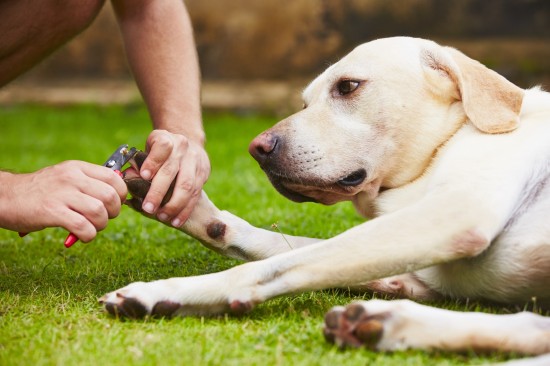
Tapeworms in dogs are parasites that invade the intestinal tract. Once there, they attach themselves to the inner walls of the intestine. Unlike hookworms, they don't suck blood.
Normal 0 false false false MicrosoftInternetExplorer4 /* Style Definitions */ table.MsoNormalTable {mso-style-name:"Table Normal"; mso-tstyle-rowband-size:0; mso-tstyle-colband-size:0; mso-style-noshow:yes; mso-style-parent:""; mso-padding-alt:0in 5.4pt 0in 5.4pt; mso-para-margin:0in; mso-para-margin-bottom:.0001pt; mso-pagination:widow-orphan; font-size:10.0pt; font-family:"Times New Roman"; mso-ansi-language:#0400; mso-fareast-language:#0400; mso-bidi-language:#0400;}
The cat or dog tapeworm
infection is called "Dipylidium caninum". This worm's life cycle
begins in the anus of the infected cat or dog. When the animal takes a potty, a
small segment of the worm goes with the stool, bearing some tapeworm eggs.
These eggs will lay dormant in the ground for about several months until these
are accidentally consumed by a flea (an immediate host). You can already
imagine how the whole system works.
The tapeworm invades the
intestinal walls of the host and that's when the segments break off until they
are released along with the waste. And since fleas serve as carriers of
tapeworm, the next organism they infest is very likely to acquire this
infection as well. Once infected with tapeworm, you will need to undergo
several de-worming procedures to be able to dislodge the worm's head because
that is the key to regenerate and continue reproducing.
Cause
Once infected, canines shed
segments during bowel movements. These segments then release eggs which may be
eaten by flea larvae. Dogs can then consume the infected flea whenever they
cause itching that makes them lick or chew. Once your dog has swallowed the
infected flea, eggs will be released into the digestive system and then hatch.
Symptoms
Dogs with tapeworms don't
usually experience noticeable symptoms. You will only know something is amiss
if you spot the small, white segments yourself. These segments may be in
bedding, carpet, around your dog's anus, or anywhere on his fur.
As the segments dry out, they
will turn golden. They start bothering your dog after drying out, so you may
notice him licking himself a lot. He will especially lick around the anus. He
may even scoot across the floor. Your dog may start vomiting if the worms
detach from the intestinal wall and travel into the stomach. Weight loss
results if the infection becomes too severe.
Diagnosis
Many have identified tapeworm parasitism as one of the common reasons why people bring pets to an animal doctor. If your pet's intestines are invaded by tapeworms, they would experience diarrhea with excessive mucous, a rumbling tummy and worm segments that are present in their stool.
Veterinarians can easily
determine if your dog has tapeworms. He will collect a stool sample and examine
it under a microscope. The small segments will easily be visible under the
microscope. After a definitive diagnosis has been made, treatment will usually
begin immediately.
Treatment
There are various ways to
treat tapeworms in dogs. The worms can be dissolved by using either oral or
injected medications. Treatment also entails eliminating fleas, since they play
a vital role in transmission. Fleas can be controlled using powders, collars,
or topical ointments.
 Puppy Sale Contracts And What They Should Contain
Puppy Sale Contra
Puppy Sale Contracts And What They Should Contain
Puppy Sale Contra
 Some Frequently Asked Questions About The Shetland Sheepdog
Some Frequently A
Some Frequently Asked Questions About The Shetland Sheepdog
Some Frequently A
 What Causes Stubbornness In The Dog?
What Causes Stubb
What Causes Stubbornness In The Dog?
What Causes Stubb
 10 Tips For Feeding Bitches During Pregnancy & Lactation
10 Tips For Feedi
10 Tips For Feeding Bitches During Pregnancy & Lactation
10 Tips For Feedi
 Does Your Dog Hate Having Their Nails Trimmed? Four Reasons Why, And How To Address Them
Does Your Dog Hat
Does Your Dog Hate Having Their Nails Trimmed? Four Reasons Why, And How To Address Them
Does Your Dog Hat
Copyright © 2005-2016 Pet Information All Rights Reserved
Contact us: www162date@outlook.com